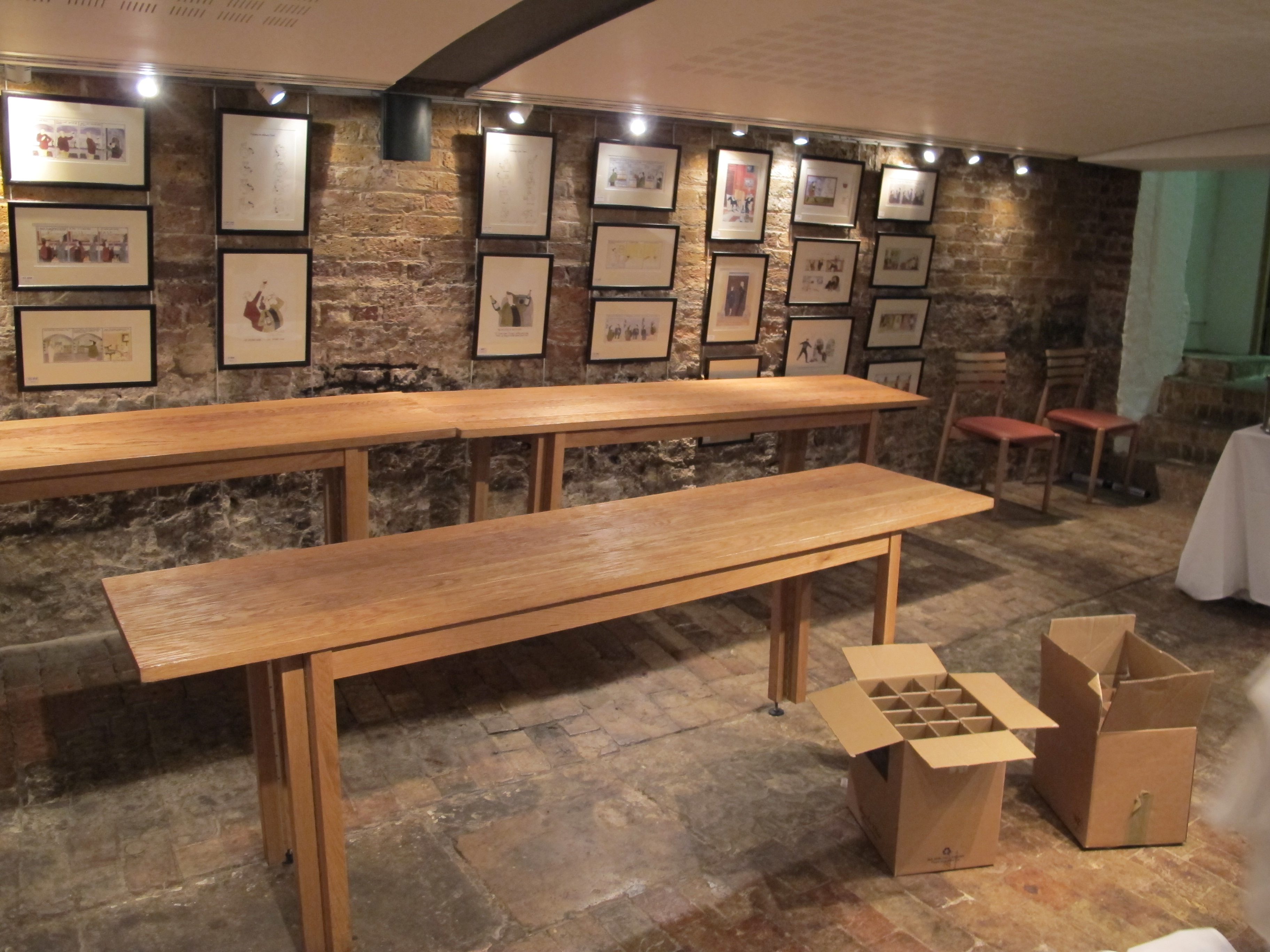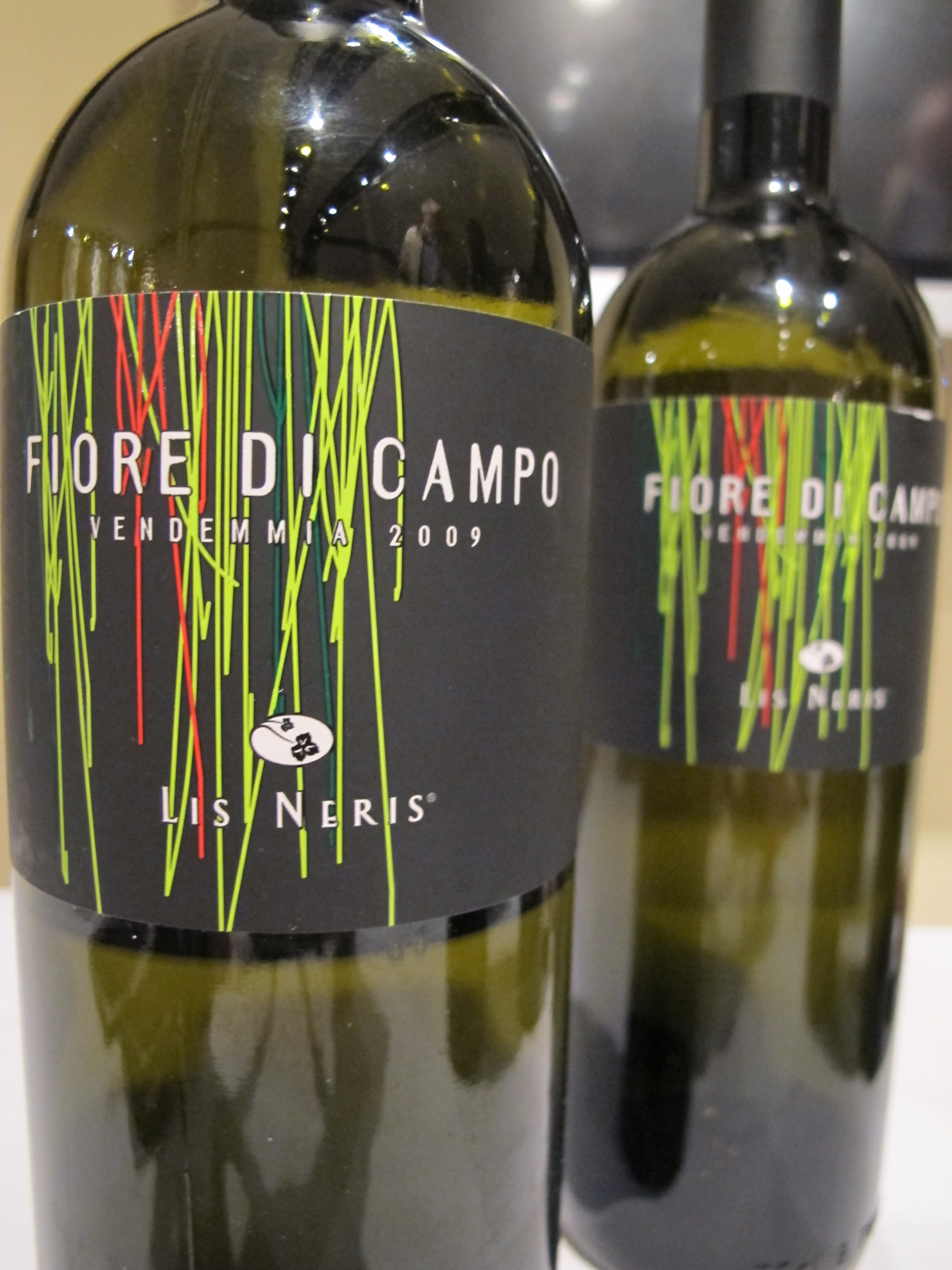Berry Bros&Rudd: Italian wine tasting
I finally visited the oldest wine shop in London – the charming centuries old Berry Bros & Rudd on St. James Street. If you haven’t been there yet, then go over and get your next bottle of wine at this vinous English relic. Every wine connoisseur will surely be enchanted by its old times evoking wooden ground floor interior and underground stone wall cellars. One savors history in each room. The options are endless. You can buy outstanding wines, learn about wine or liquors during expert-led classes, enjoy sublime meals paired with wines during wine dinners or you can attend one of the thematic wine tastings as I did.

My Czech friend works for Fields, Morris & Verdin, connected to Berry’s, invited me for an Italian wine tasting at the Pickering Cellar. The three producers presenting their produce there weren’t humble and unknown Italian wineries, but the stars in their respective regions – Tuscany, Piedmont and Friuli.
What fascinates me about tasting wines is that it reminds me of how we human beings forget certain remarkable occasions in our lives easily. Overwhelmed with endless actions, days, years and decades passing, if something doesn’t happen twice or more often, our mind just opens a random shelf of our unconsciousness and stores the moment inside. However, we can open this exact shelf at random later, bringing our memories back to the light of consciousness. The opening trigger can be any cue connected to the event.
That is exactly what happened to me during this Italian tasting in London. I have tasted wines from Castello di Ama many years ago when visiting the gorgeous rolling hills and wineries of Tuscany. I liked the wines, but how much and what was it like then? This may happen to many of us, occasional or frequent wine drinkers, who are open to tasting anything made by fermentation of grapes. We cannot simply remember each wine we have tasted, but we often know whether we liked it or not. Rarely your taste memory pulls out the exact names of flavors, but when we drink it we remember how nice or unpleasant it was then.
Different year, different vintage means often different taste, and this is what makes wine even more fascinating. If you taste the wine at the winery you try certain vintages, then you come back home and one day (or night) you order a bottle of that wine at a restaurant. Although something doesn’t fit there – the liquid in the bottle does not trigger the same response in your taste memory hub. This is because not every restaurant does not carry just that one vintage you have already tried or the wine was stored and transported so its nature changed.
Bad news is that you cannot be sure about how each bottle was handled prior being opened at your table, good news is that you can always return it if you honestly do not like it and discuss it with the sommelier before he opens the bottle. There is also a way out of your memory’s confusion – by approaching your wines systematically or by drinking various vintages of your favorite wines regularly, you train your brain and make informed choices.
Italian wines can be particularly daunting with their haphazard labeling and unusual grape varietals unique to this boot-shaped European country. The more you taste (no need to gulp bottles on one occasion, sips work better), the clearer the Italian wine horizon becomes. This tasting was an eye-opener for me.
2004 Vigneto Casuccia (RP £72.25) from Castello di Ama stroke a chord into my unconsciousness – it was incredibly deep with an interesting story to exchange with my taste buds. They were straining their ‘taste ears’ attentively trying to grasp what was all this red fuss about. Vigneto Casuccia is a single vineyard blend based on Sangiovese grapes with characteristic blackberry and deep cherry notes. Castello di Ama is renowned for its Chianti Classico made there for over 35 years. I was surprised by their slightly bitter rosé Rosato 2009. The bitterness brought down the often over-perfumed character of the pink wines. The winery has been making it since 1980 and it became one of their most popular wines.

The wine of the day was for me the 2009 Fiore di Campo IGT (RP:£11.80 per bottle). What a discovery for a student in London! Good value for money and sophisticated taste. This white blend of Tokai Friulano, Sauvignon Blanc and a touch of Riesling from the area of San Lorenzo is something that its producer Lis Neris from Friuli can be proud of. The aromatic Tokai is vibrating in your mouth with orange peel fragrance, moving to a roller coaster ride of a sea water, and ending up well-rounded in the ocean of your belly.
2007 Gris Pinot Grigio (RP: £14.20) was much better than most of Pinot Grigios that I often find too simple. Perhaps it was the 10 months spent in the closed prison of an oak barrel, which fixed this wine just right. Its slightly oaky nose stirred my appetite. The wine’s substantial weight gained by the oak was harmonized by a mature bitter almond character of the grapes and refreshed by a splash of ethanol (alcohol) leaving a long warm aftertaste.
The last winery at the tasting was Sandrone from Piedmont. Generally, I am not a big fan of the muscular and tannic Barolos (which changed after my visit of the region), but I found their 2005 Barolo Le Vigne (RP: £57.95) enchanting with its Christmas theme. My nose told my brain: hmm, mulled wine, Christmas market – as I smelled cardamon, cinnamon, cloves; wait, … hot chocolate; but also violets and deep red rose aromas reminding me that there are Nebbiolo grapes in it. Great tannins promise good longevity of this Barolo. Drinking it was like having a bouquet of deep red roses coated in melting chocolate.
As you can read, I enjoyed this tasting very much!
For upcoming wine tastings, dinners and events at Berry Bros&Rudd look at their website.

